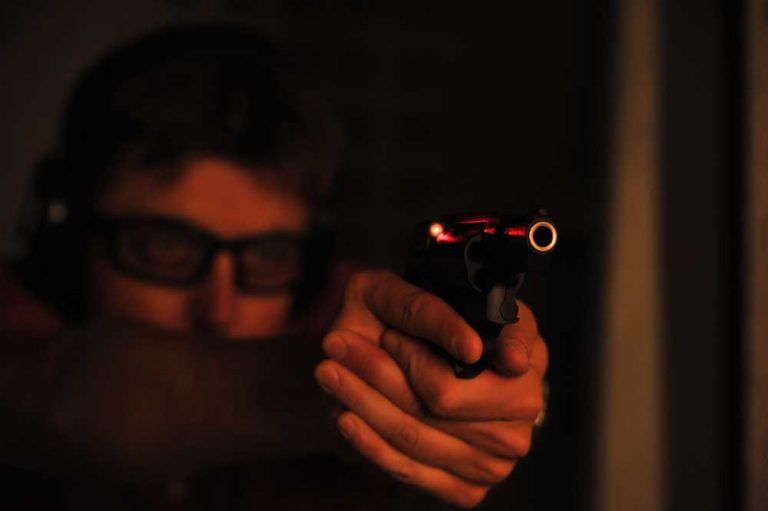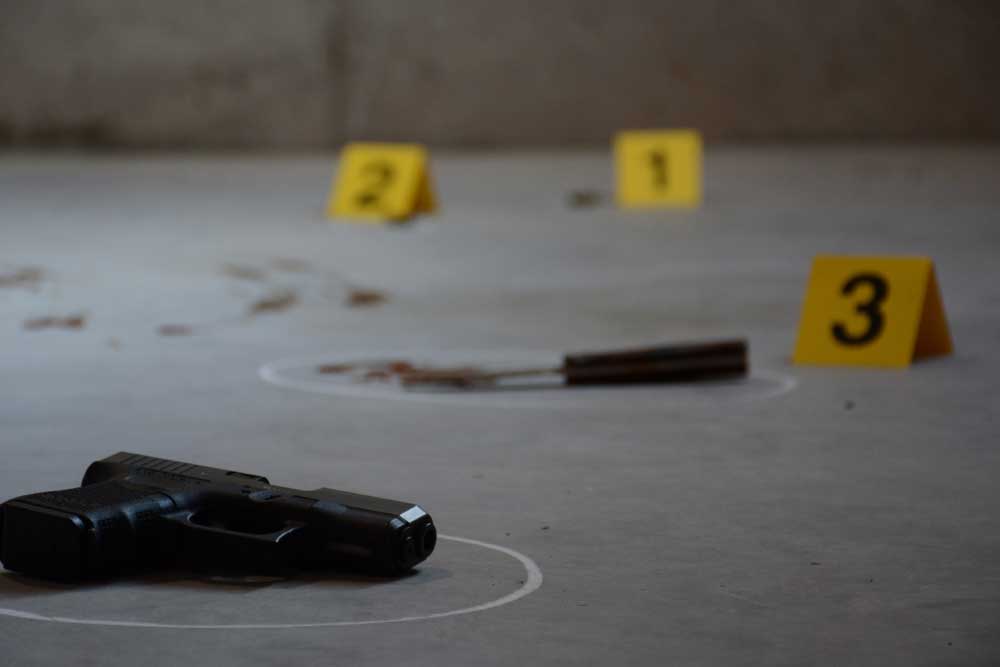
Knowing when to intervene with deadly force and when to not.
On May 15, 2021, a Fort Smith, Arkansas, man entered his apartment, procured a loaded hunting rifle and shot a man dead in front of the apartment building. The unnamed shooter (as of this writing) will likely not face criminal charges. Why? Because the shooting was done in defense of his neighbors; the individual who was shot was in the process of trying to kill other apartment dwellers after already killing one person.
Two legal doctrines allow a person to use force in self-defense. The first is when you reasonably believe the lives of others are in immediate danger of death or great bodily harm. This is what allowed the armed citizen to legally kill the perpetrator in the above example. The danger was imminent, and the shooter had amassed the facts and applied these facts, under the circumstances he was in, to legally shoot the individual.
This construct is also necessary with the second legal situation—that being to not only have a reasonable belief innocent lives are being endangered, but also you must be able to “stand in the shoes” of the individual or individuals one was protecting.

Stand In The Shoes
Let’s say you turn the corner to go into your local convenience store and see a subject on the ground, being kicked in the head and screamed at by another. Thinking that a severe, life-threatening beating was occurring, you pull your gun and shoot the person who was assaulting the “victim” on the ground.
Stopping another from suffering this kind of life-threatening assault would, in most jurisdictions, be deemed a legitimate act of use of force to save the life of another. However, if you were in a jurisdiction where you were required to “stand in the shoes” of the “victim,” you might be guilty of murder.
In this example, the apparent innocent victim had just robbed the store and was being confronted by someone who saw the robbery and wanted to prevent the robber’s escape but was using excessive force.
Another example would be if the person you were defending was, in fact, the initial aggressor in the altercation and, unbeknown to you, started the fight. Under these circumstances, you likely won’t get a self-defense jury instruction and be convicted of manslaughter.
So, how do you know?
Well … you don’t.
Think It Through
Let’s go over the thinking processes one should employ when possibly inserting oneself in a situation where you’d be defending another—not yourself.
If the person you’re defending is known to you, perhaps has been accompanied by you before the incident and you know they’re not a felon or first aggressor, then you should be on safe ground to defend them.
An example of this is if you’d been out shopping with your significant other, and as you return the shopping cart to the store, your significant other has been accosted and is either being robbed at knife- or gun-point … or being forced into another car. In this example, you’d be safe to stand in the shoes of the significant other and have reasonable grounds to believe your significant other is in grave, imminent danger. It could also equally apply to a child of yours.
But what if the person or persons you’re defending aren’t known to you? If that’s the case, you really need to have viewed the run-up, to the point where deadly force is warranted.
For example: If you walk into a convenience store and interrupt a robbery in progress, how do you know that, moments before, the clerk hadn’t drawn his own gun or disarmed the alleged suspect? Unless you personally know the clerk, you don’t. You’d be better off getting behind some cover, or at least concealment, and watch. After all, most robberies end without bloodshed, so playing the odds isn’t a bad tactic. If the robbery turns to you, though, then it’s your life in danger and a different analysis is warranted.
If you had been shopping and saw the beginning of the robbery (knowing the robber was in fact the robber), how do you know the gunman doesn’t have a partner watching for anyone like you to get involved?
In the case of a robbery in a store, bank or otherwise, my personal tactic is to get behind cover or leave. Unless I’ve seen bloodshed, then and only then am I likely to get involved. You should be making these decisions ahead of time. Being in the middle of a life-threatening event is a bad time to be making decisions that should’ve been made long before. You’ve decided to arm yourself; with that decision comes the responsibility to not go blindly through life without having studied, trained and practiced until the decision making in circumstances like these won’t be the major issue.
Editor's Note: This article originally appeared in the August 2021 issue of Gun Digest the Magazine.
Know Your Rights:
- Carry Law: What Is A Righteous Shooting?
- Concealed Carry and the Right to Remain Silent
- Tips For Communicating With Police After Shootings
- Concealed Carry: After the Shooting
- Q&A: Massad Ayoob On Self-Defense In 2020 America

Next Step: Get your FREE Printable Target Pack
Enhance your shooting precision with our 62 MOA Targets, perfect for rifles and handguns. Crafted in collaboration with Storm Tactical for accuracy and versatility.
Subscribe to the Gun Digest email newsletter and get your downloadable target pack sent straight to your inbox. Stay updated with the latest firearms info in the industry.

![Best Concealed Carry Guns In 2025 [Field Tested] Wilson Combat EDC X9S 1](https://gundigest.com/wp-content/uploads/Wilson-Combat-EDC-X9S-1-324x160.jpg)


![Best 9mm Carbine: Affordable PCCs [Tested] Ruger Carbine Shooting](https://gundigest.com/wp-content/uploads/Ruger-Carbine-Shooting-100x70.jpg)
![Best AR-15: Top Options Available Today [Field Tested] Harrington and Richardson PSA XM177E2 feature](https://gundigest.com/wp-content/uploads/Harrington-and-Richardson-PSA-XM177E2-feature-100x70.jpg)
